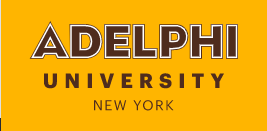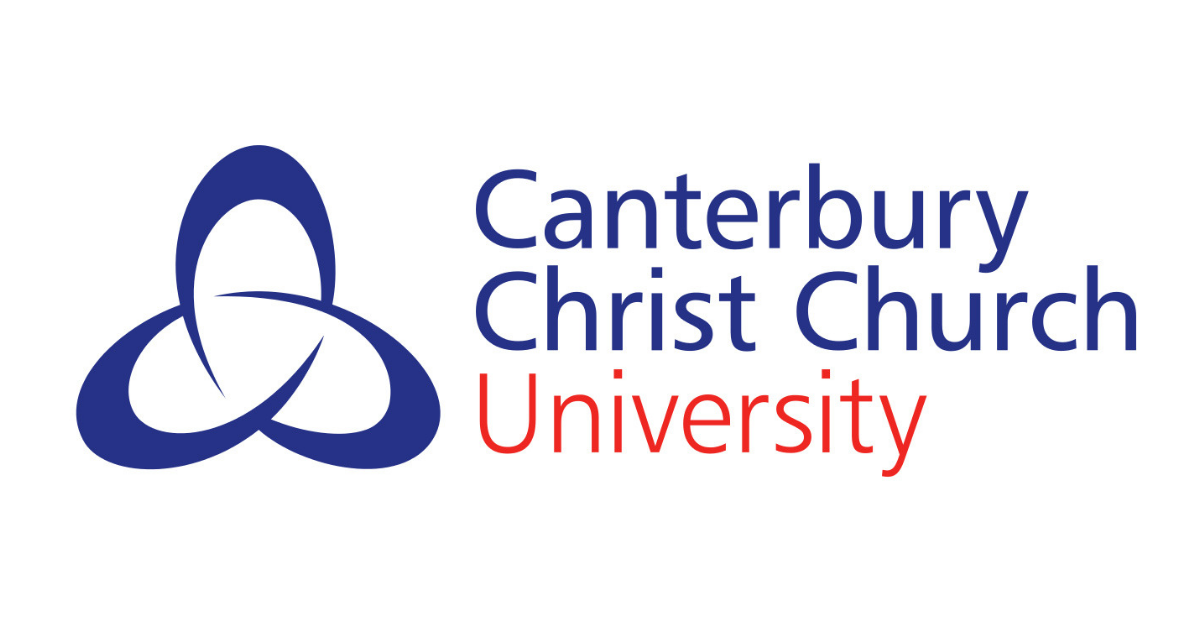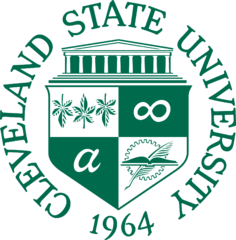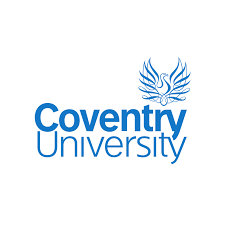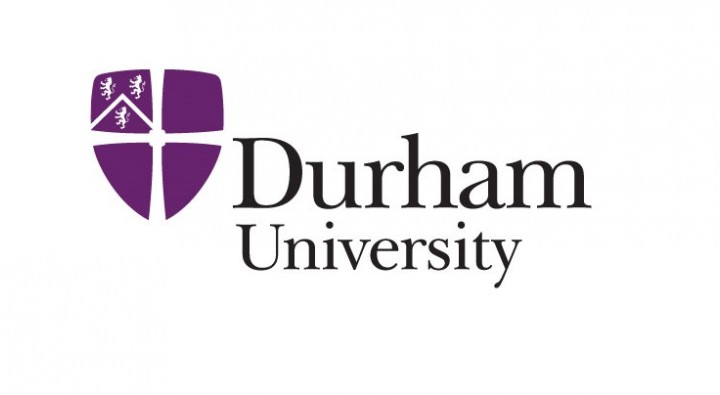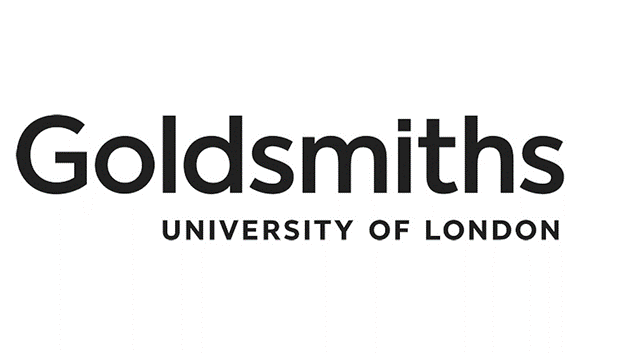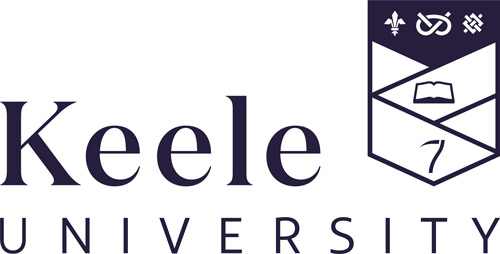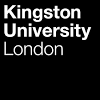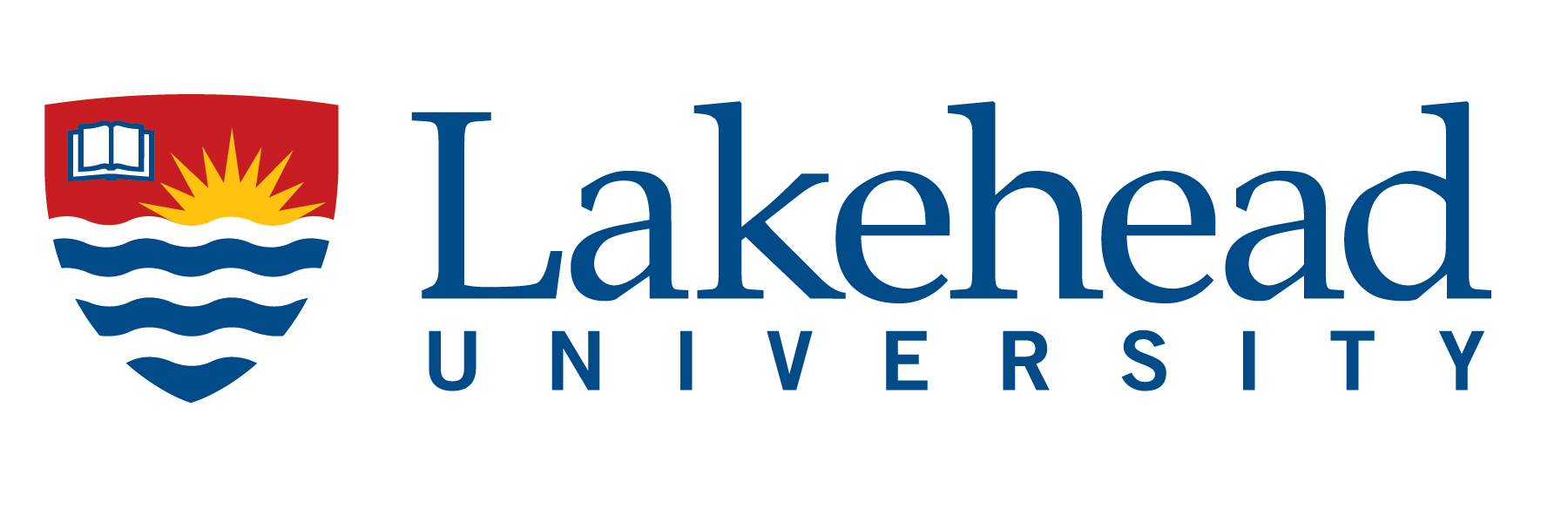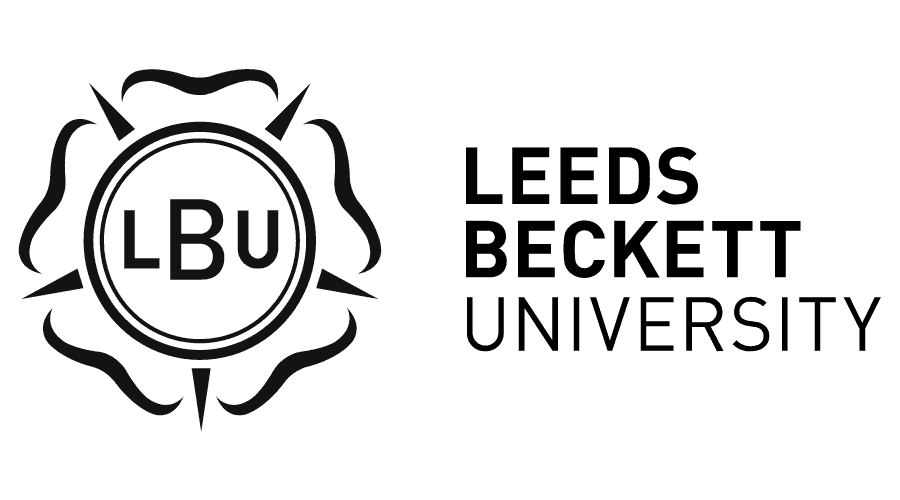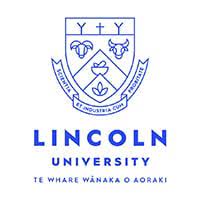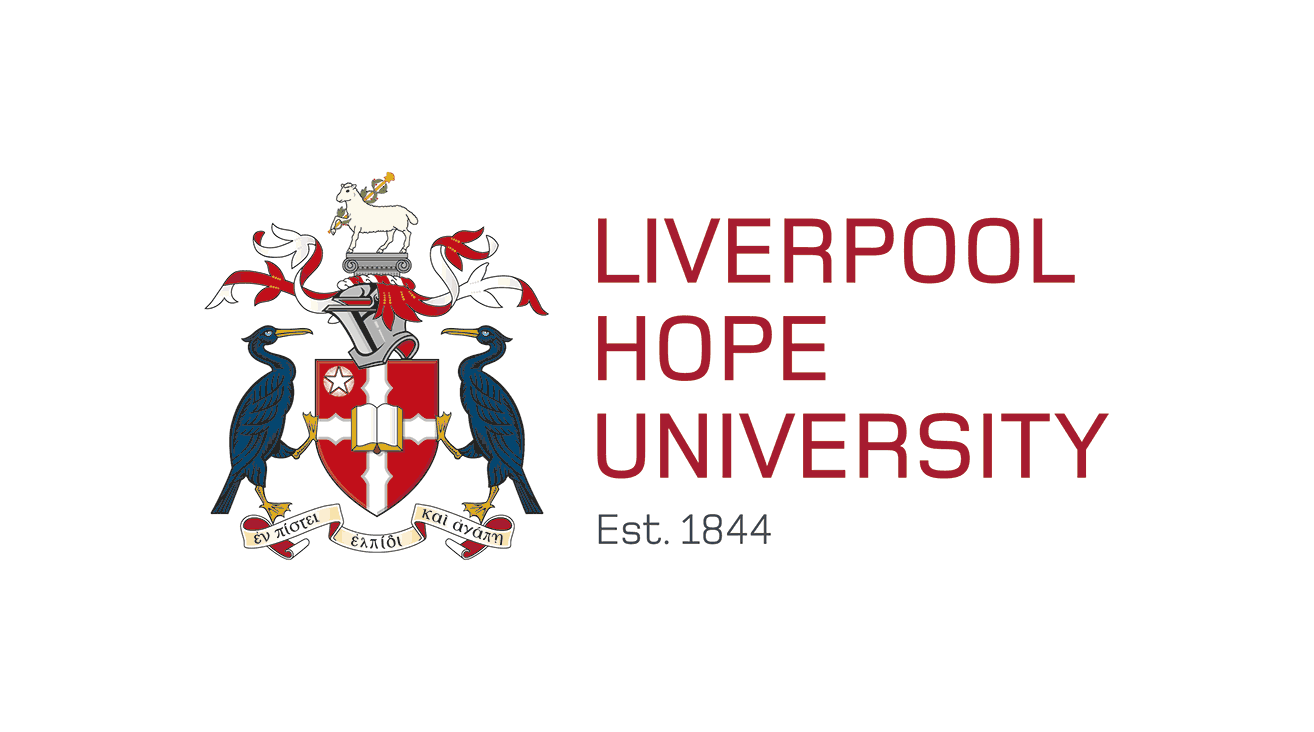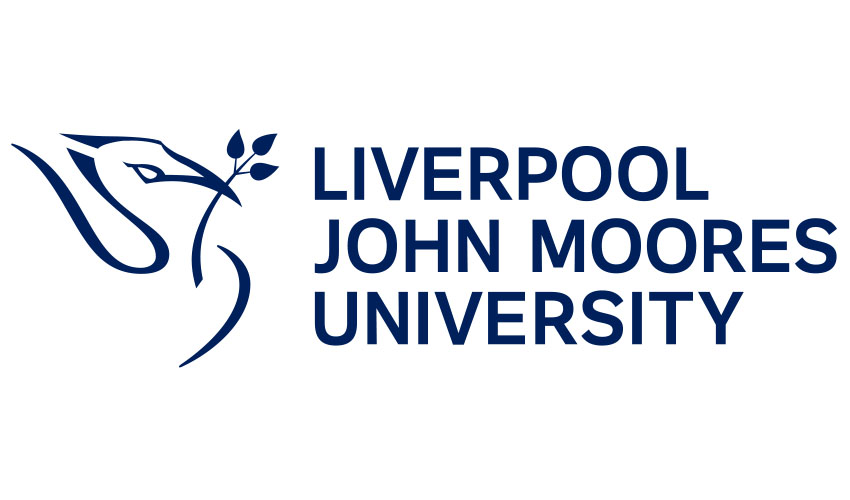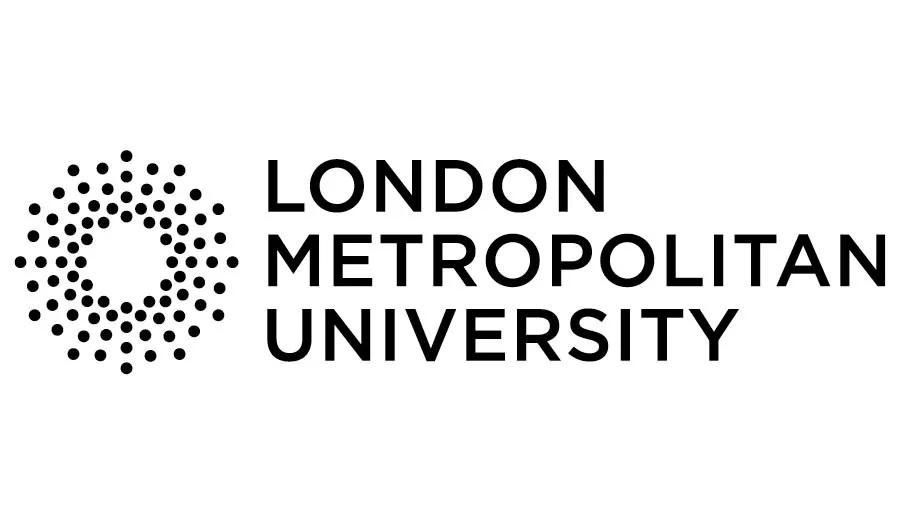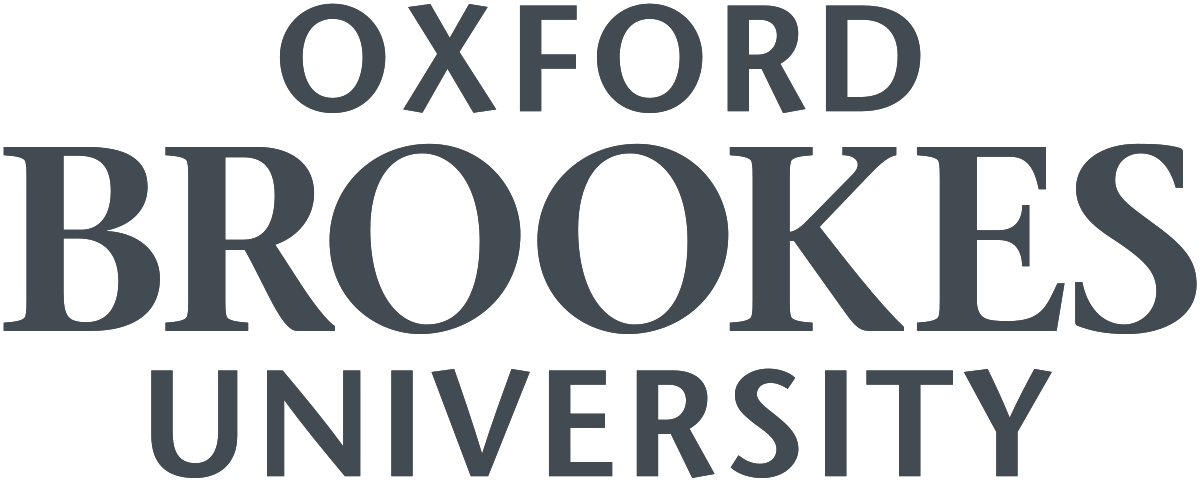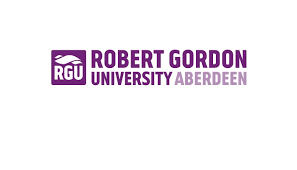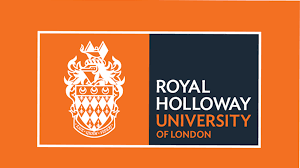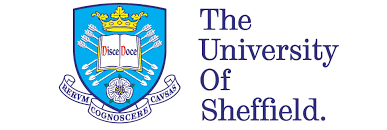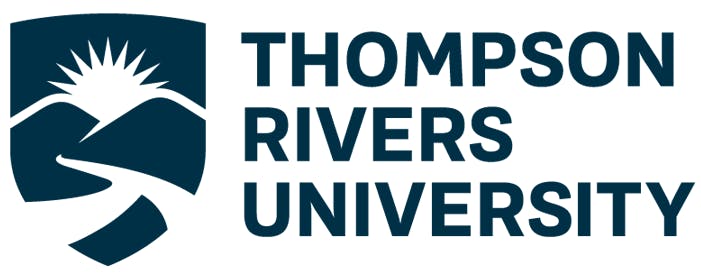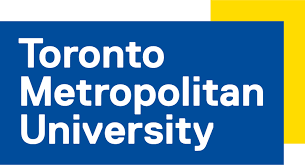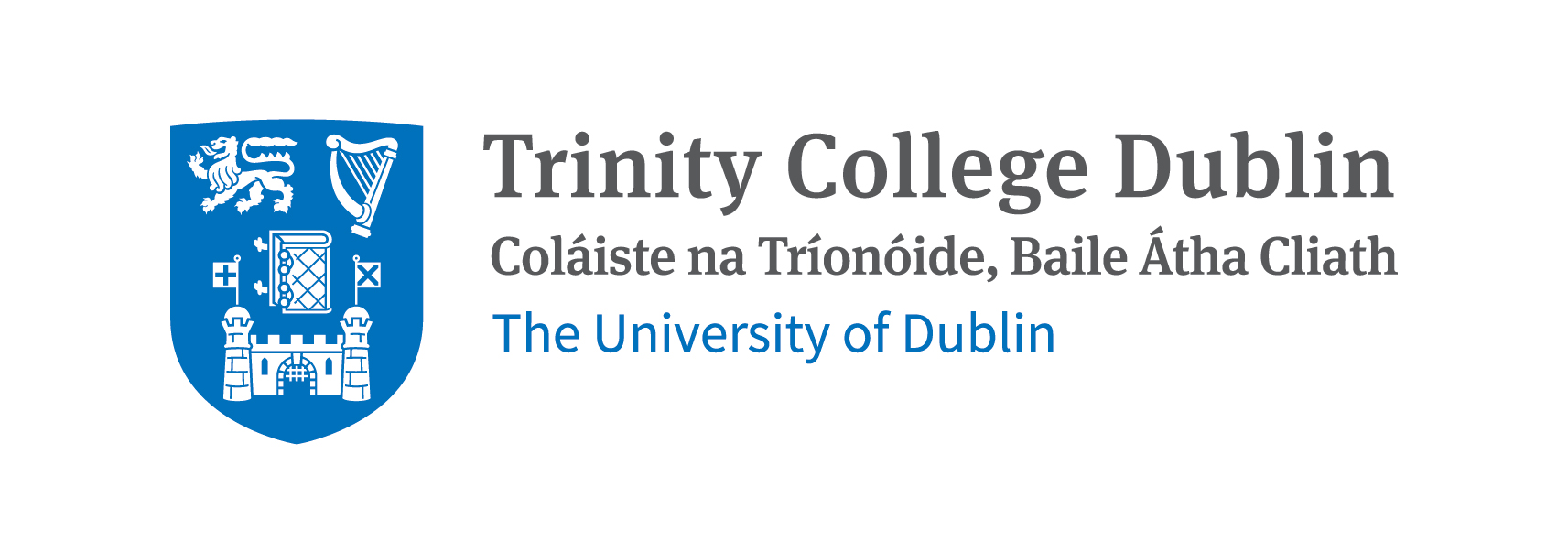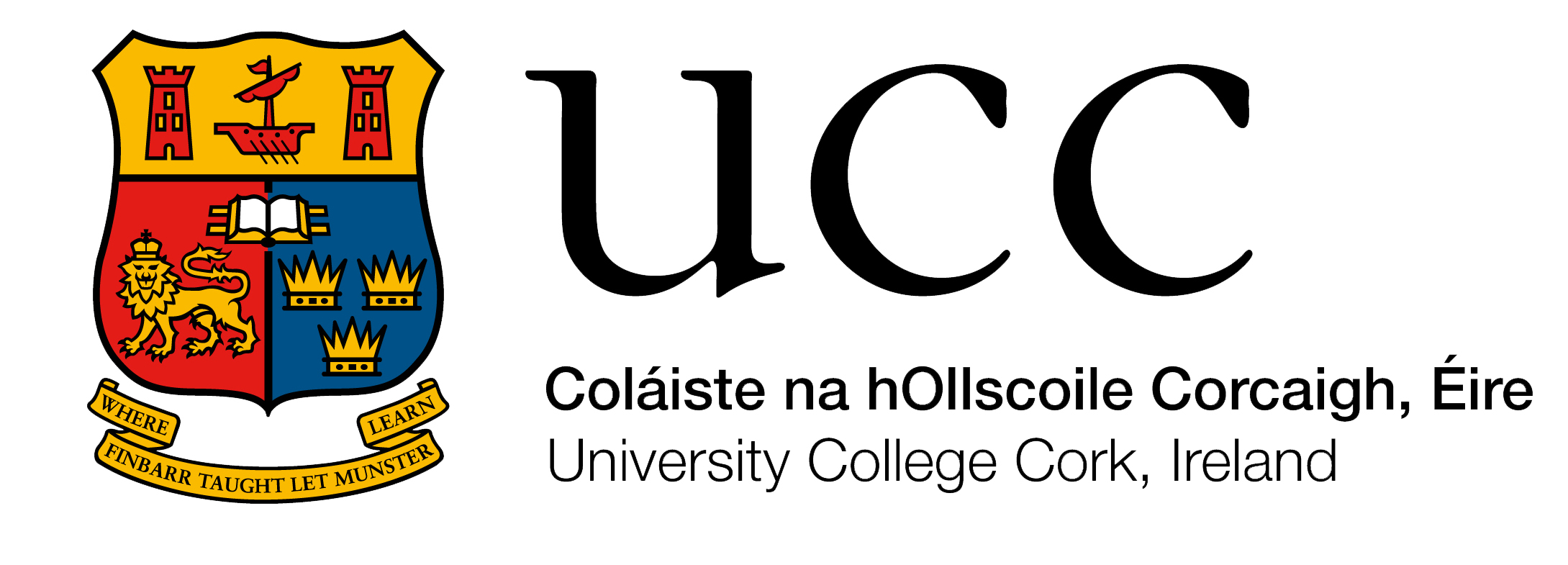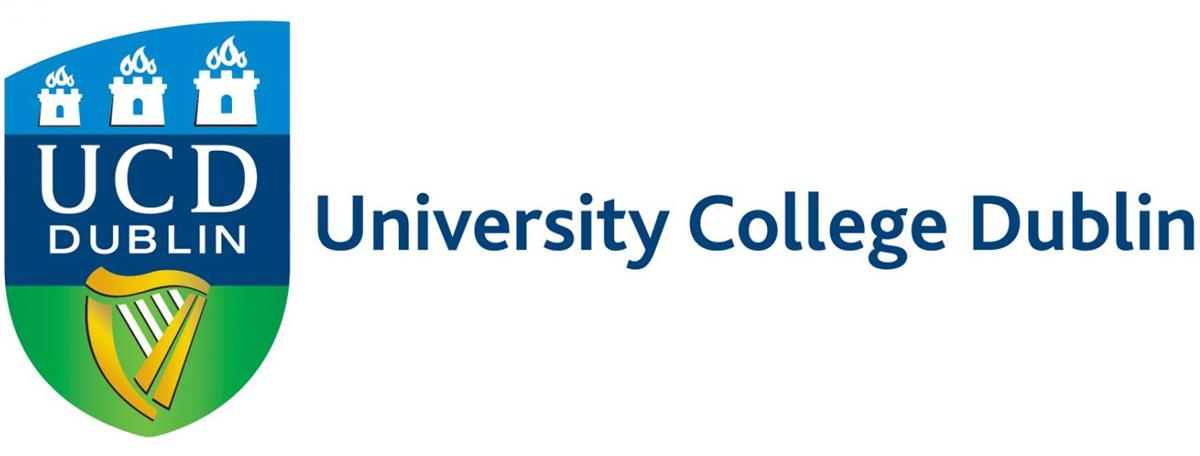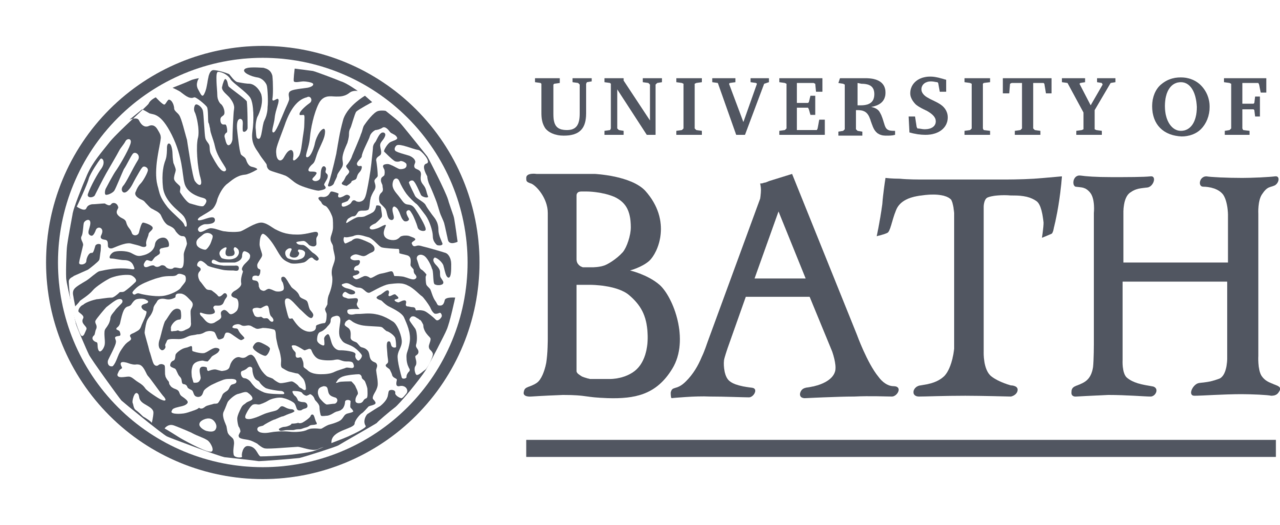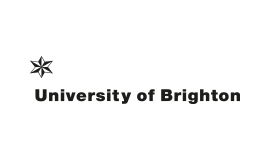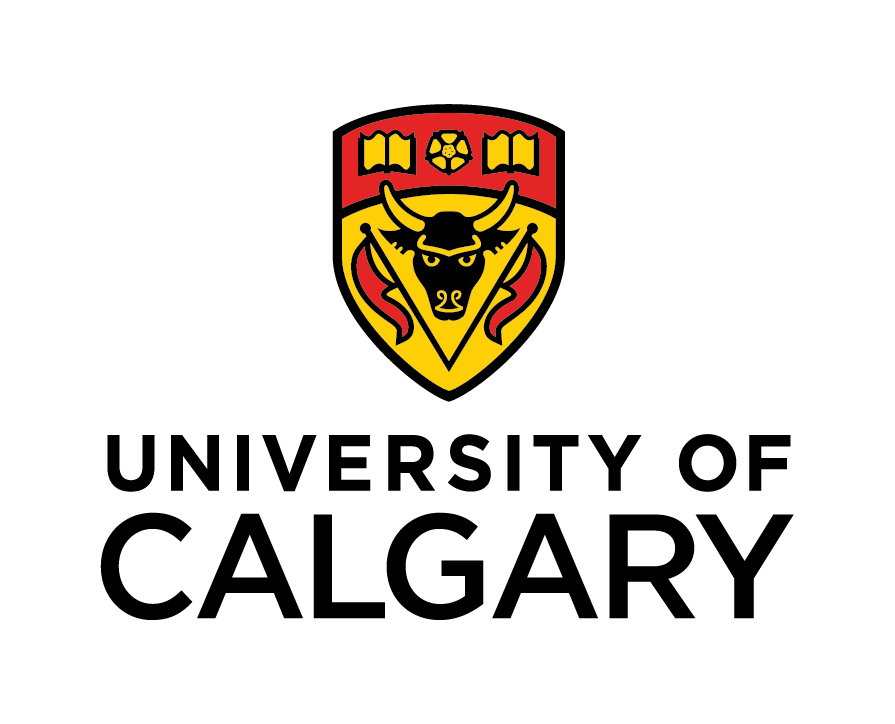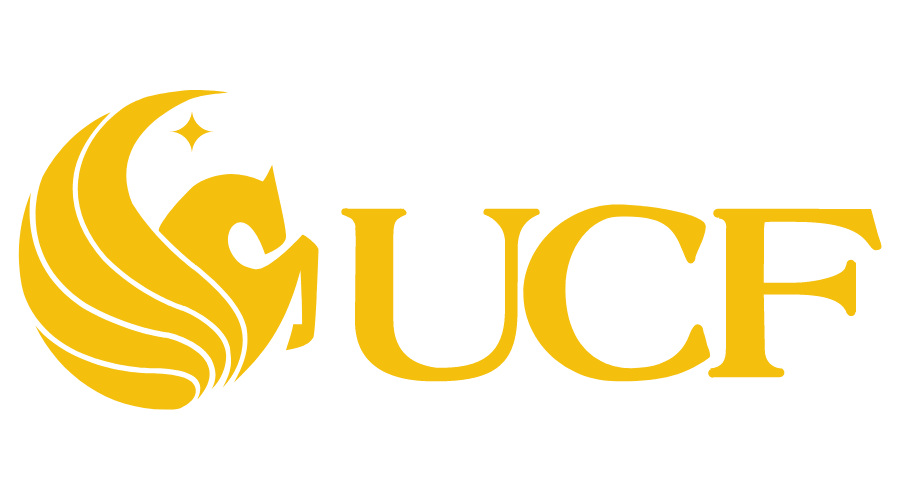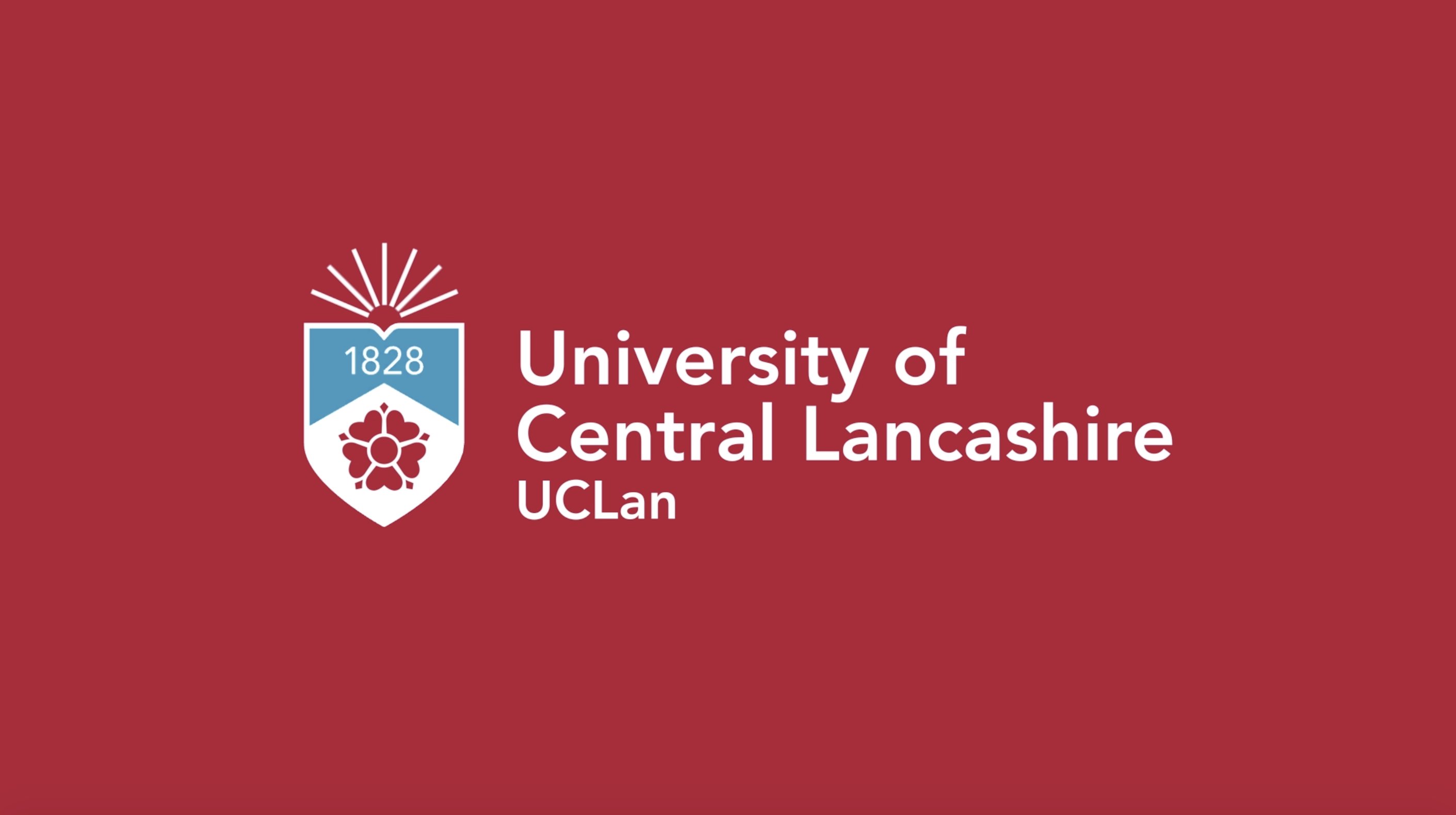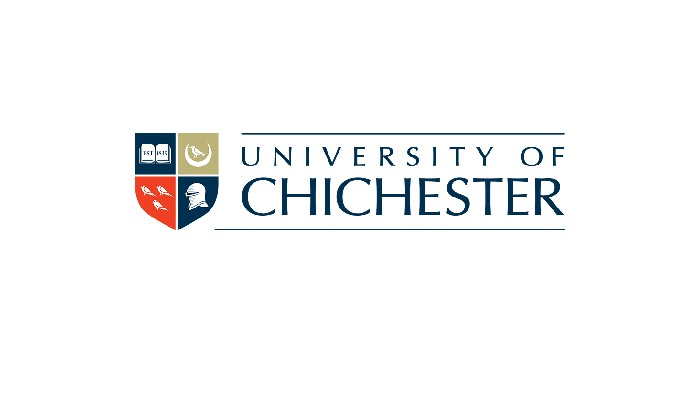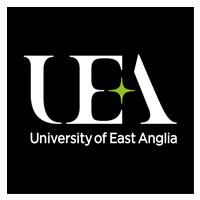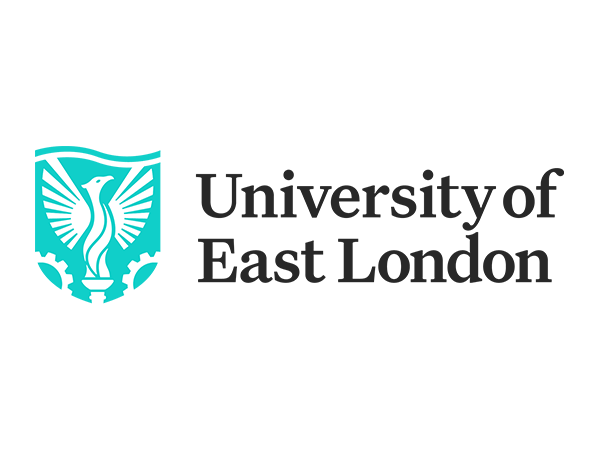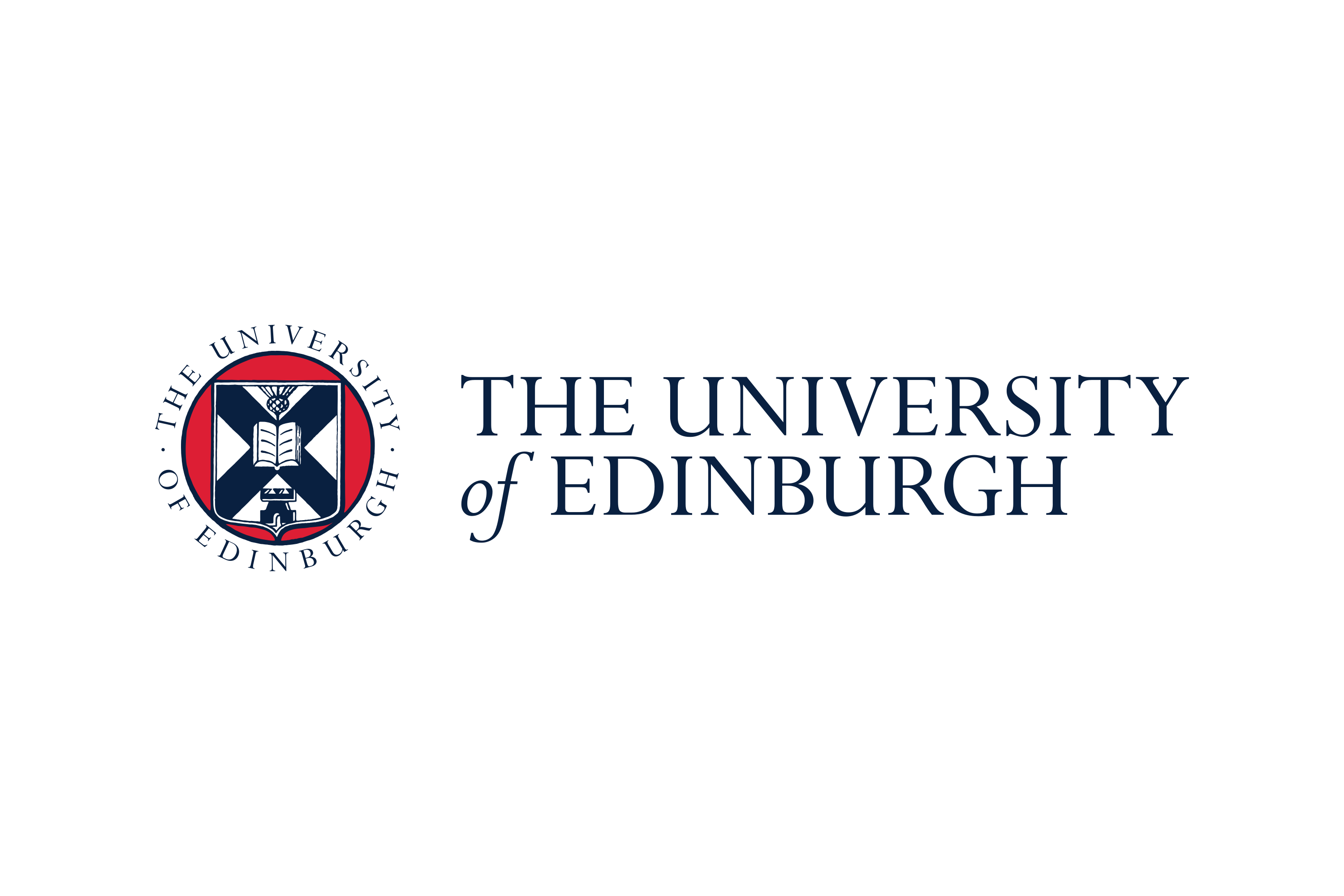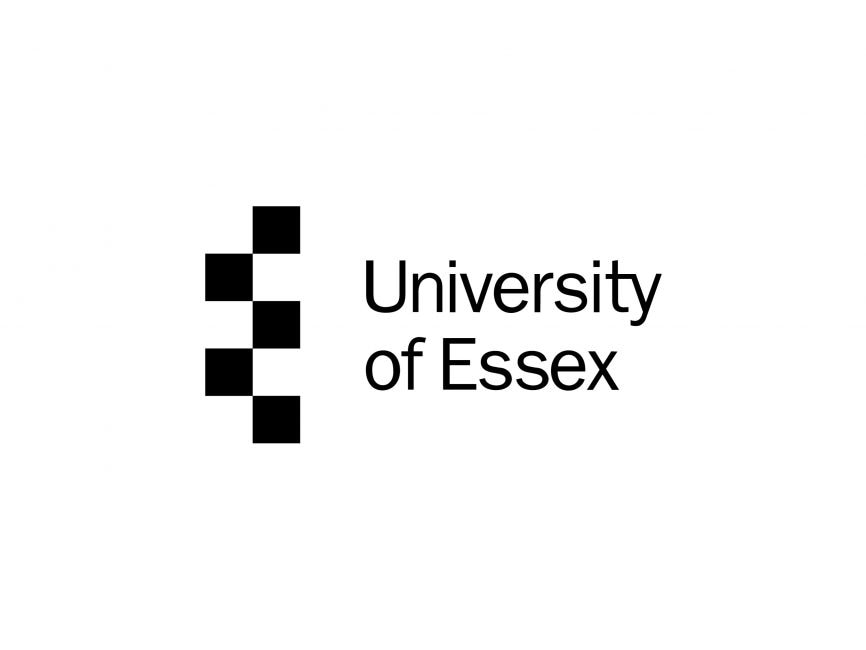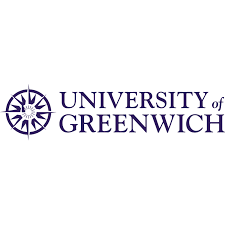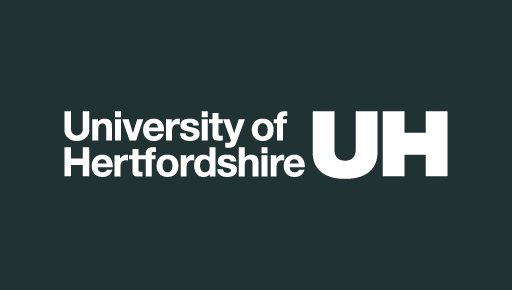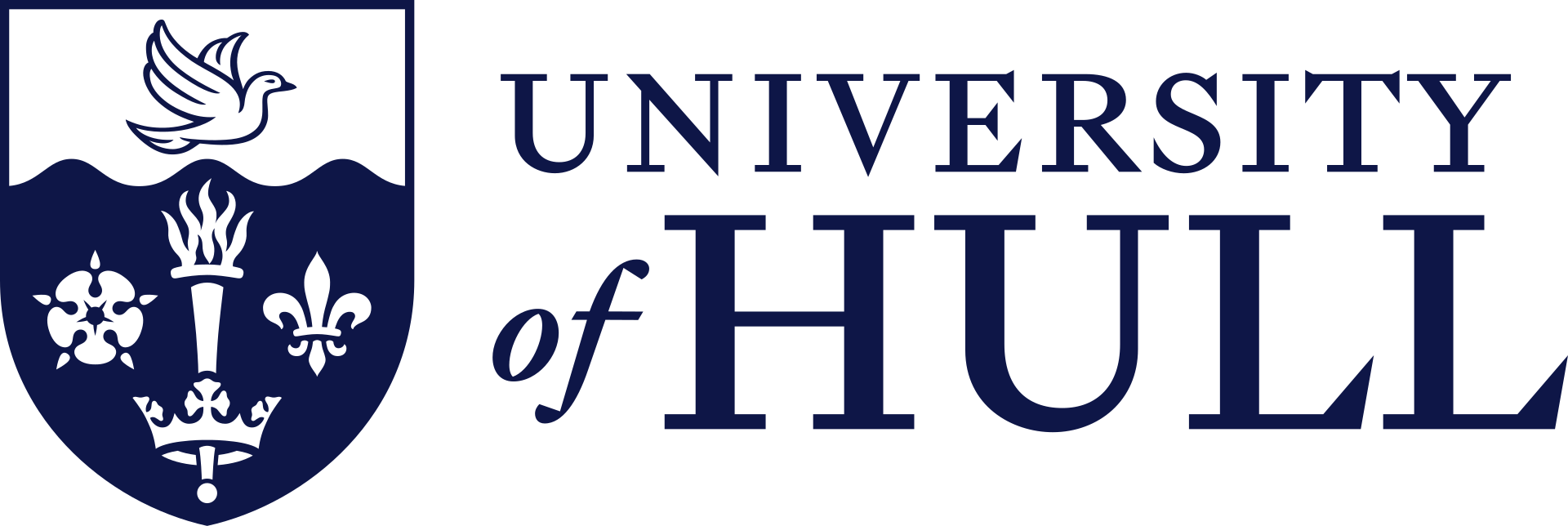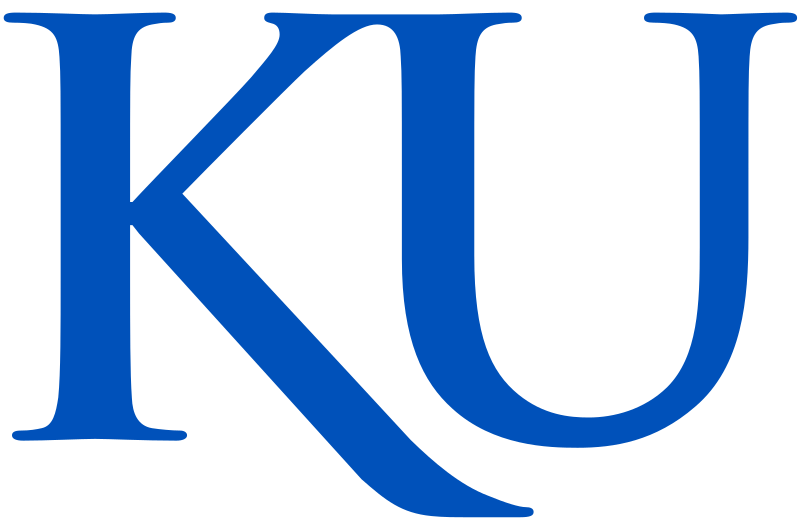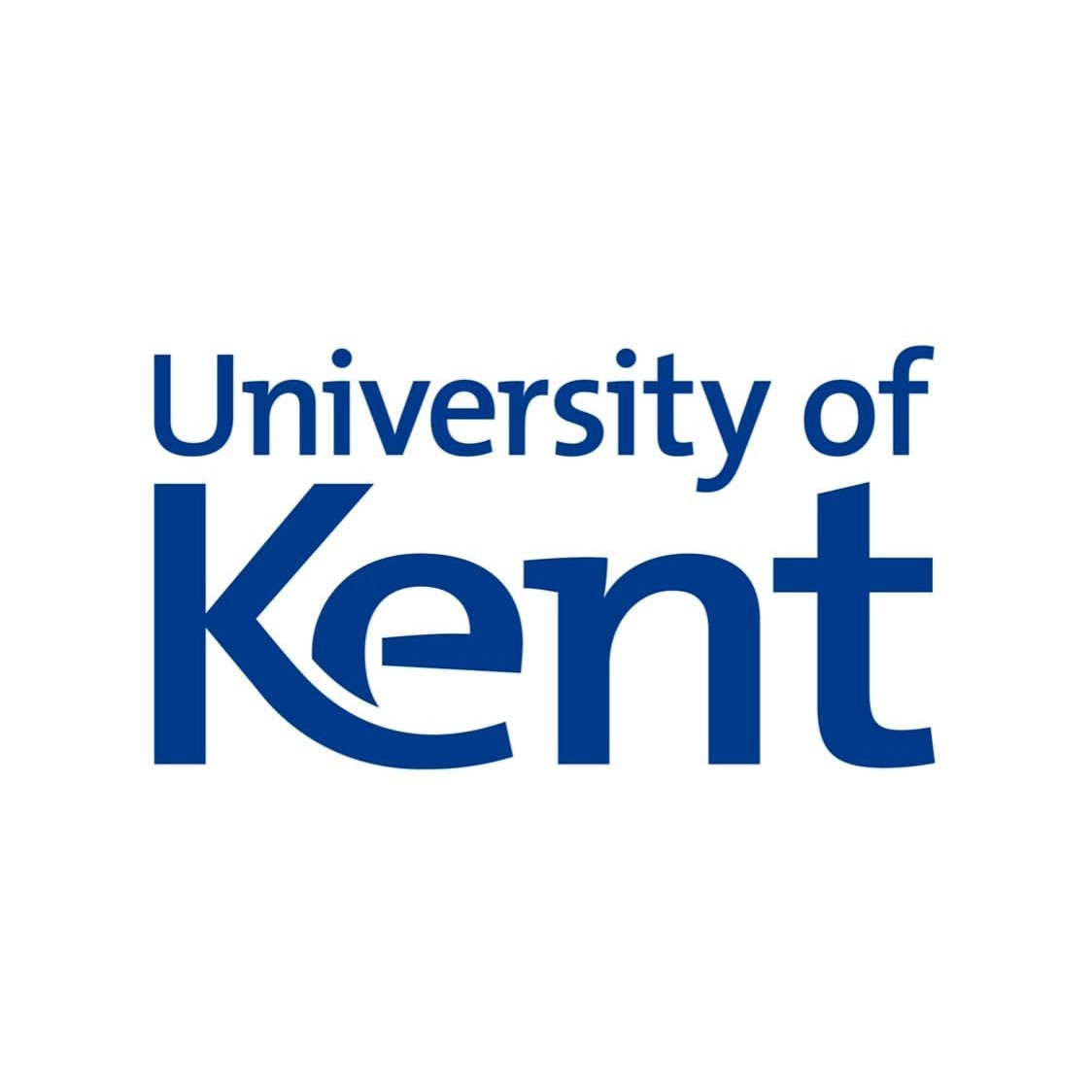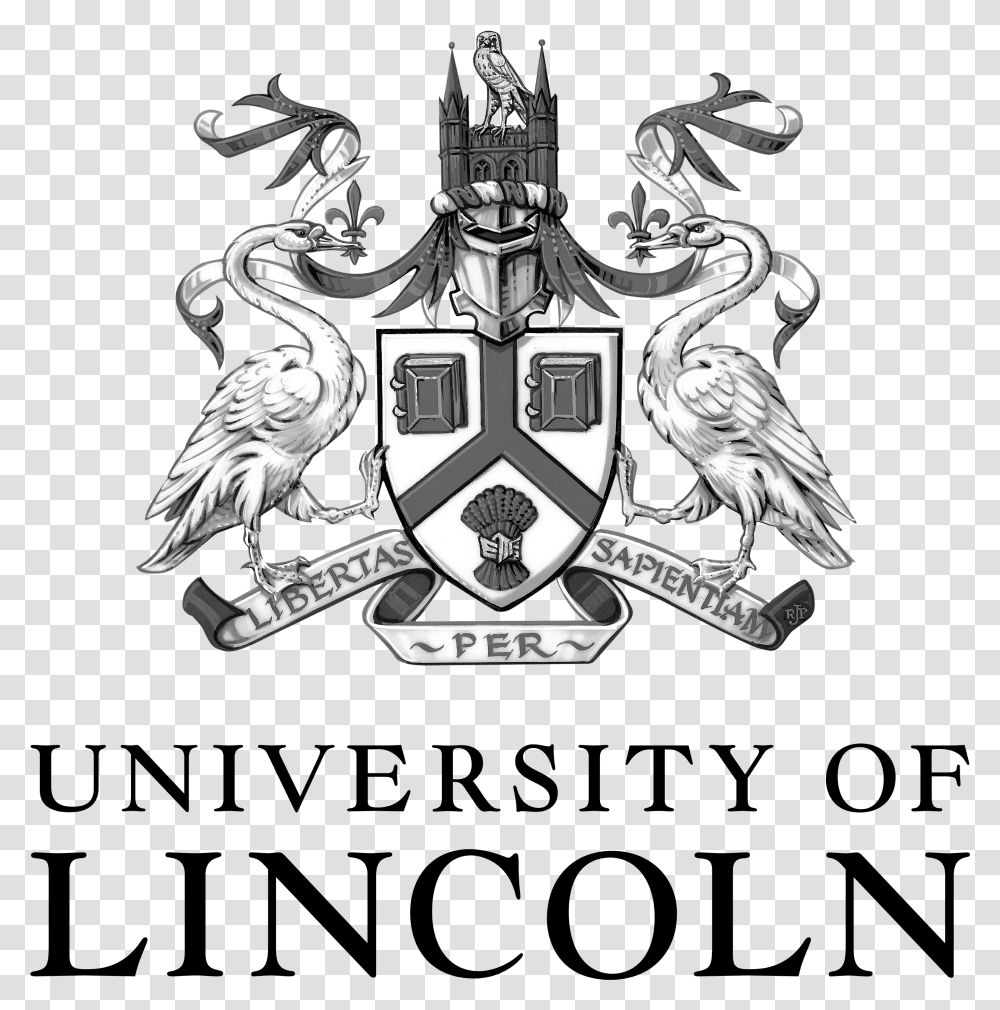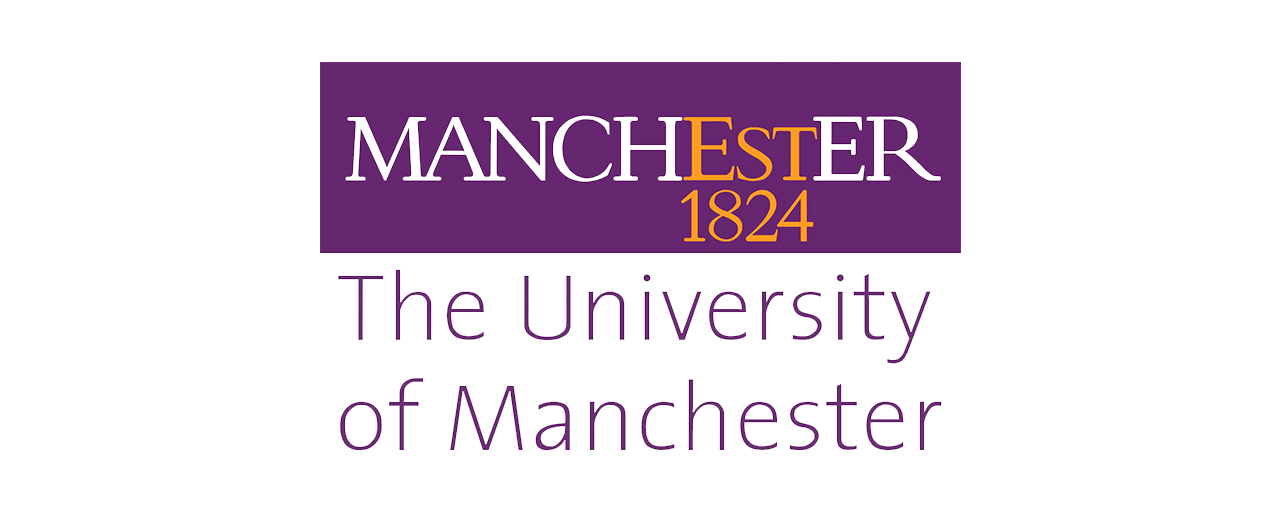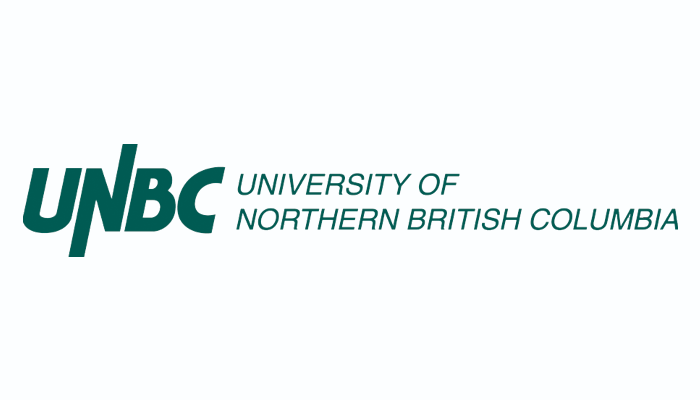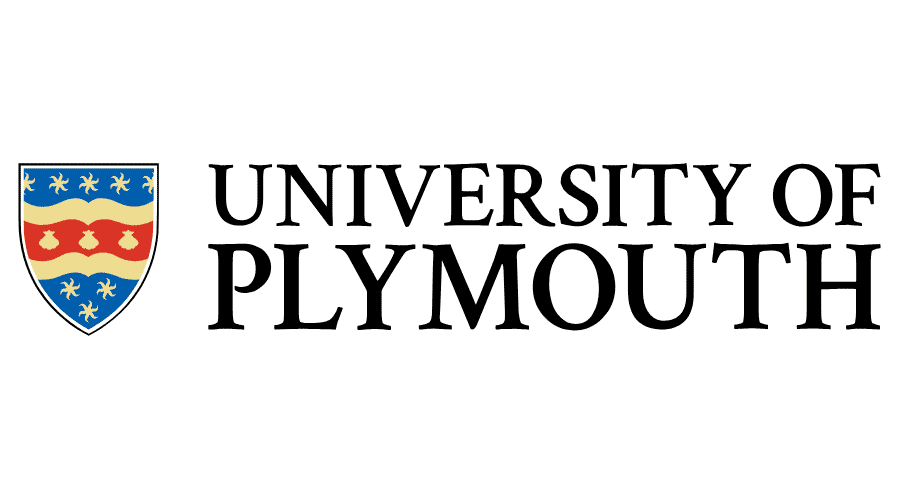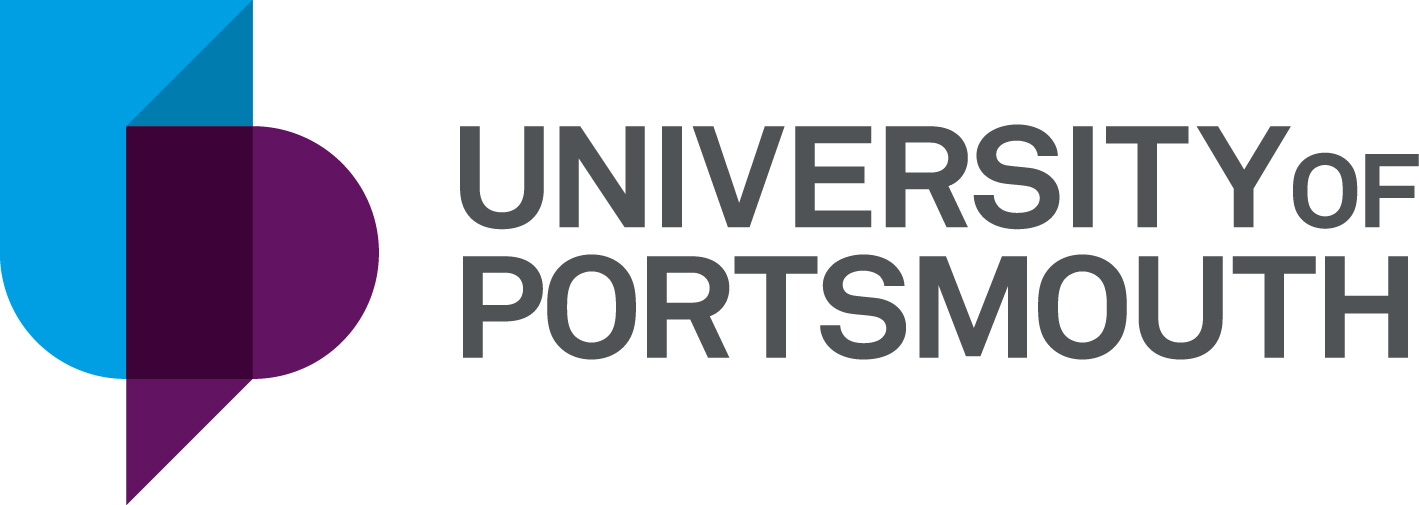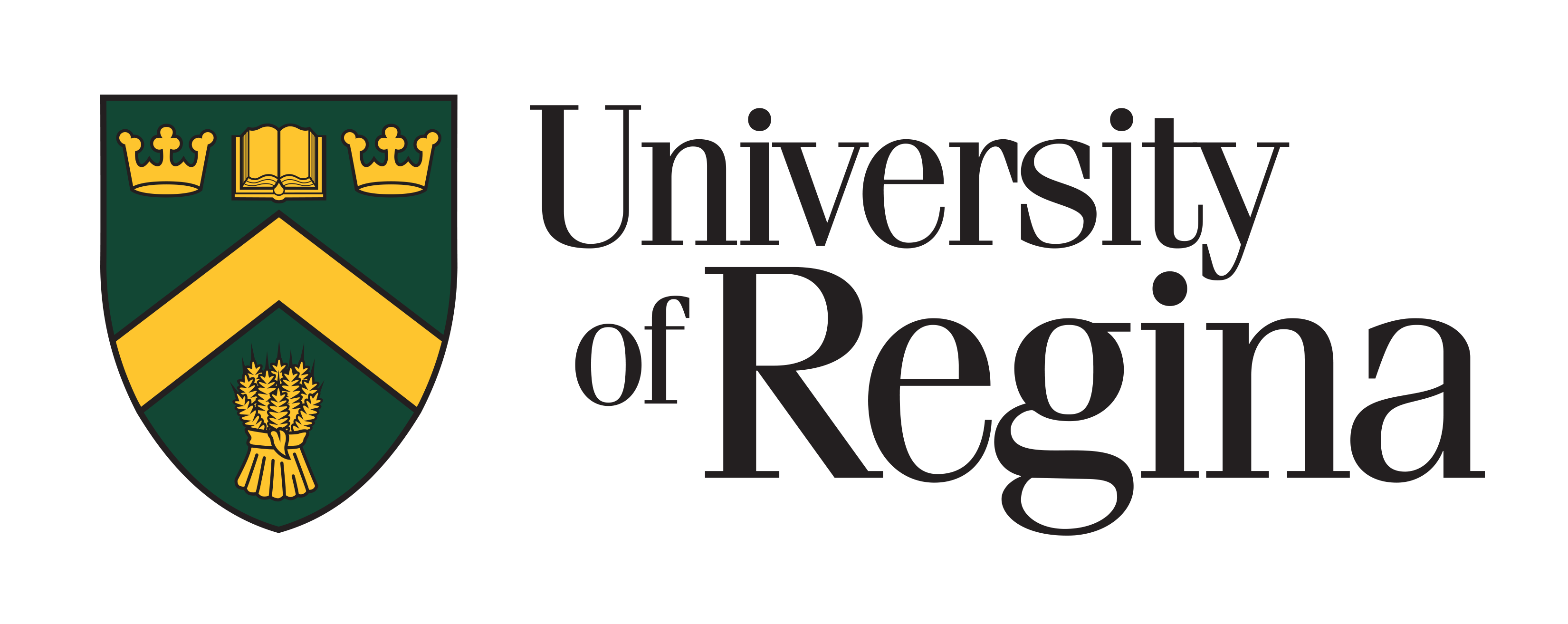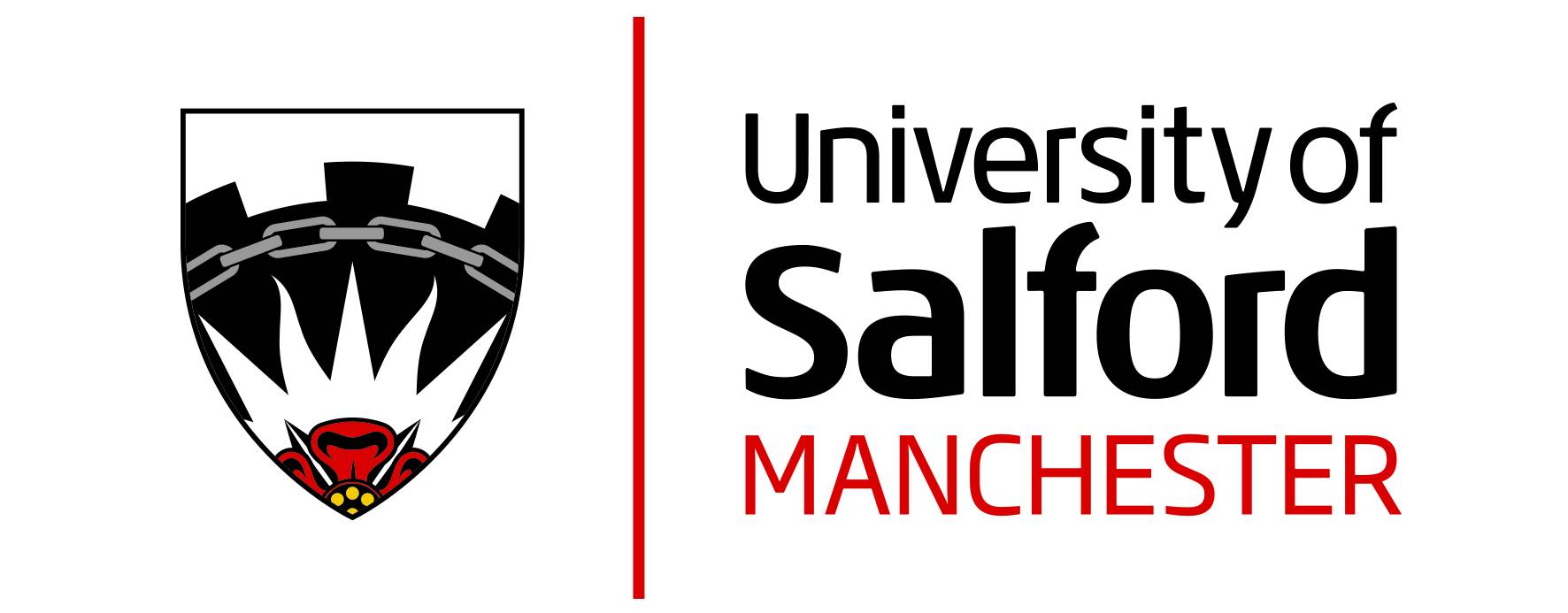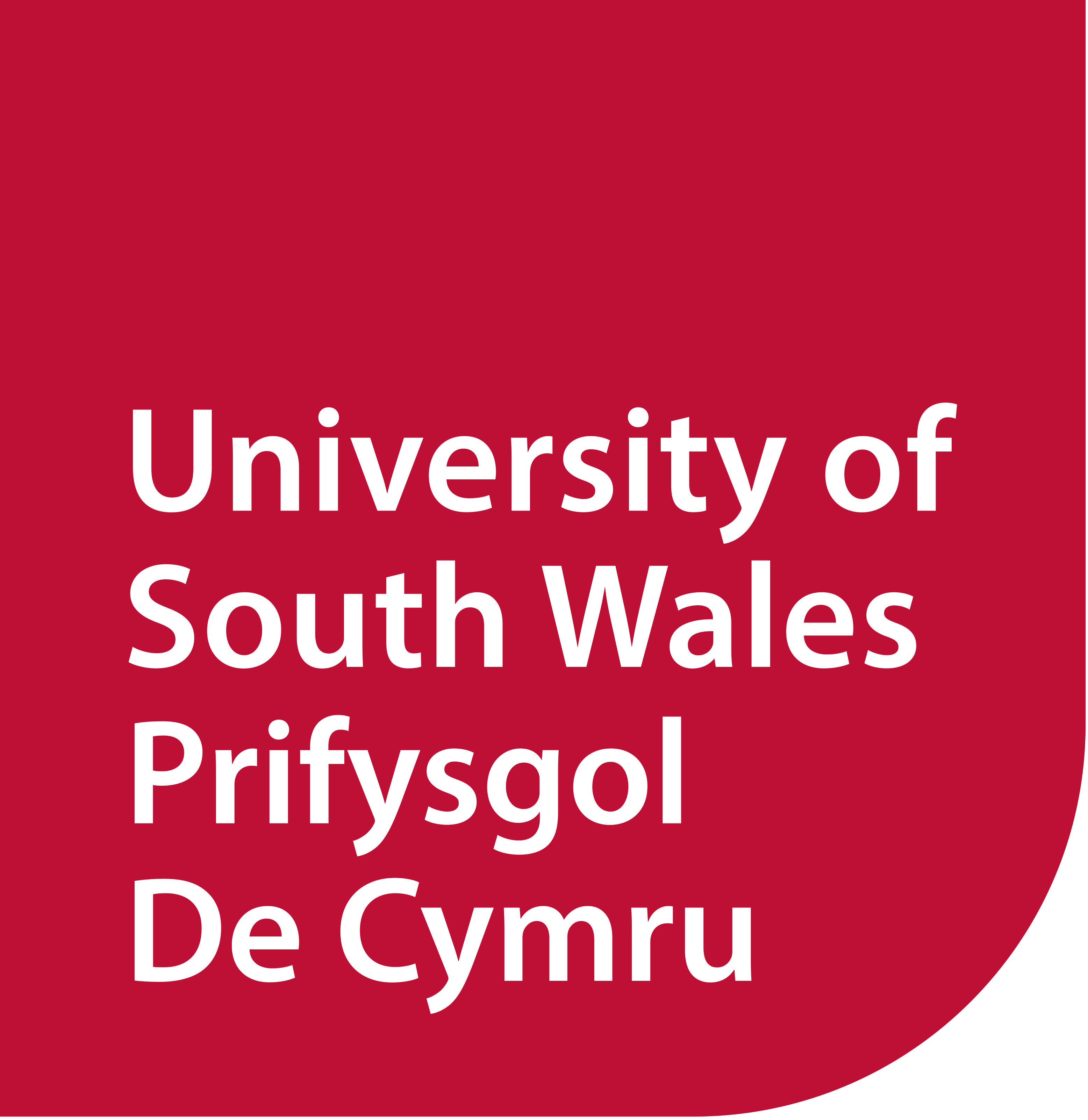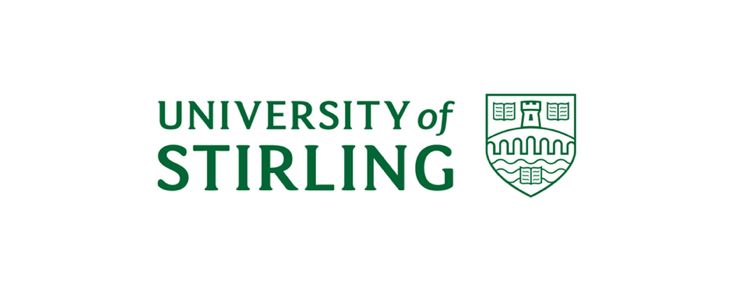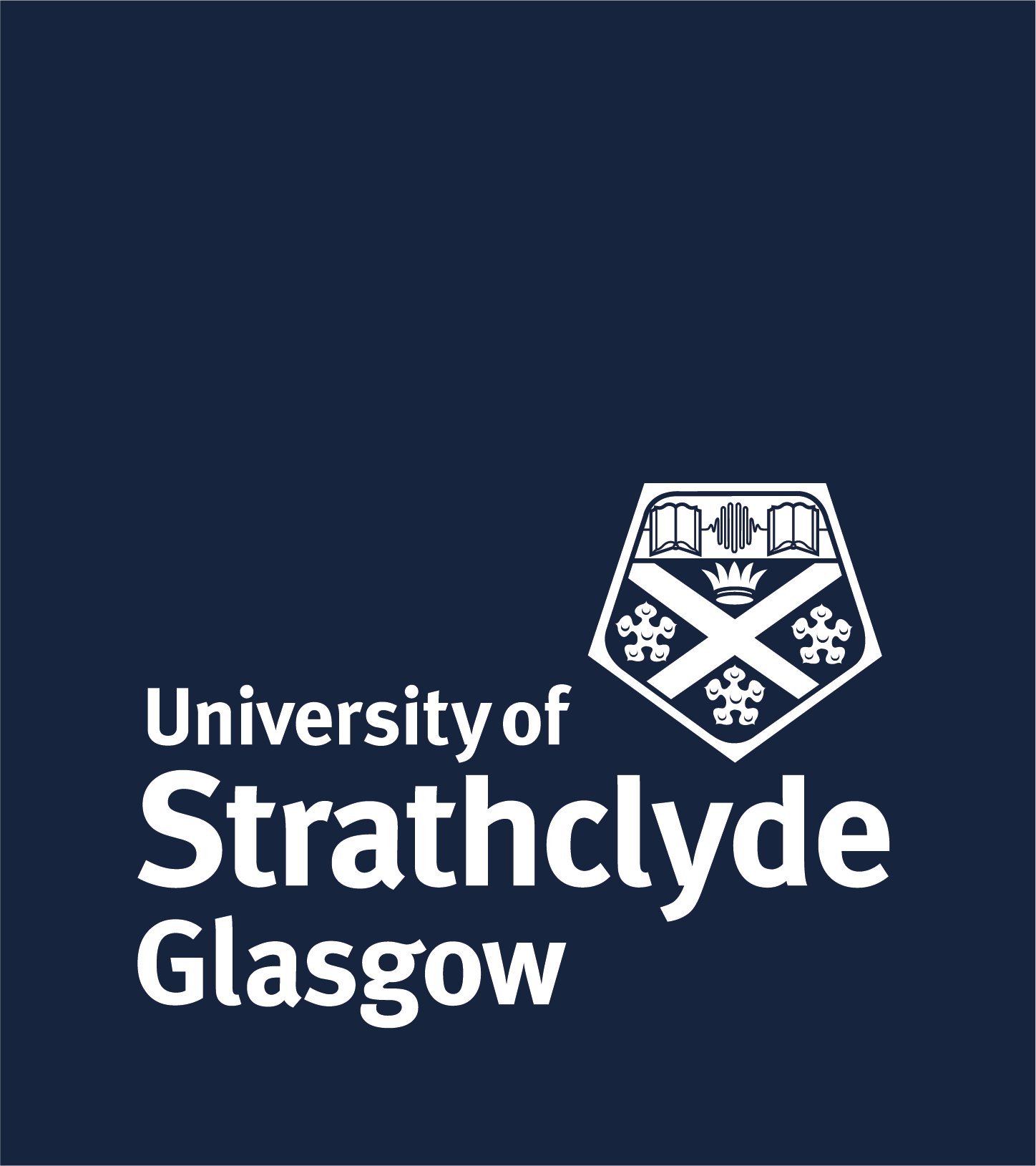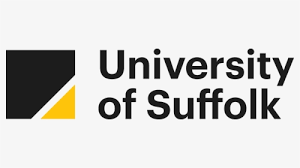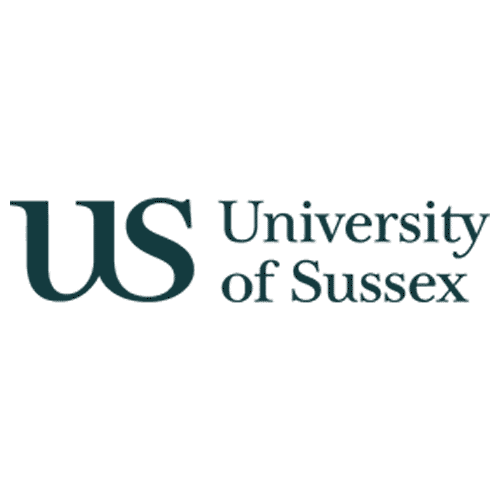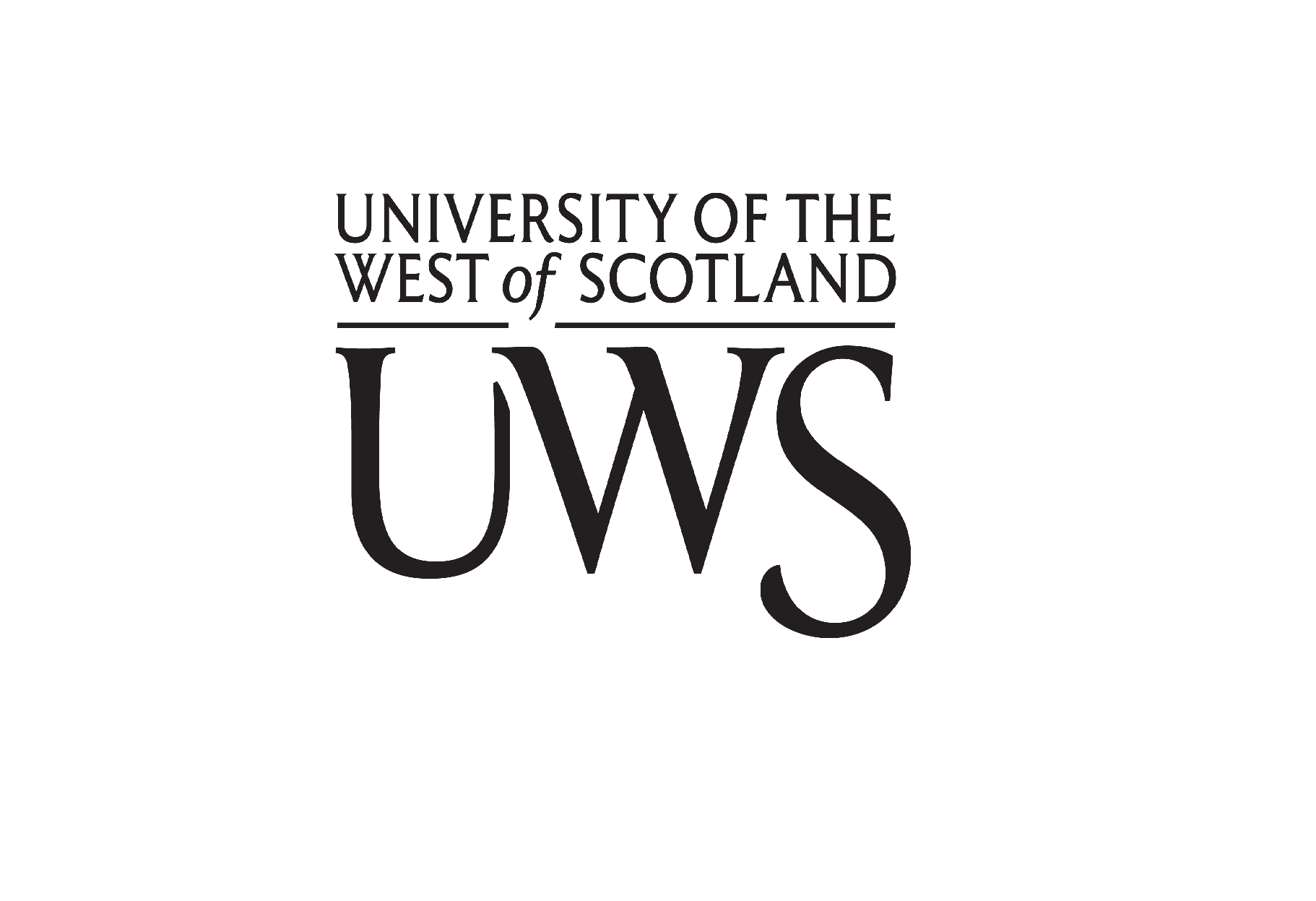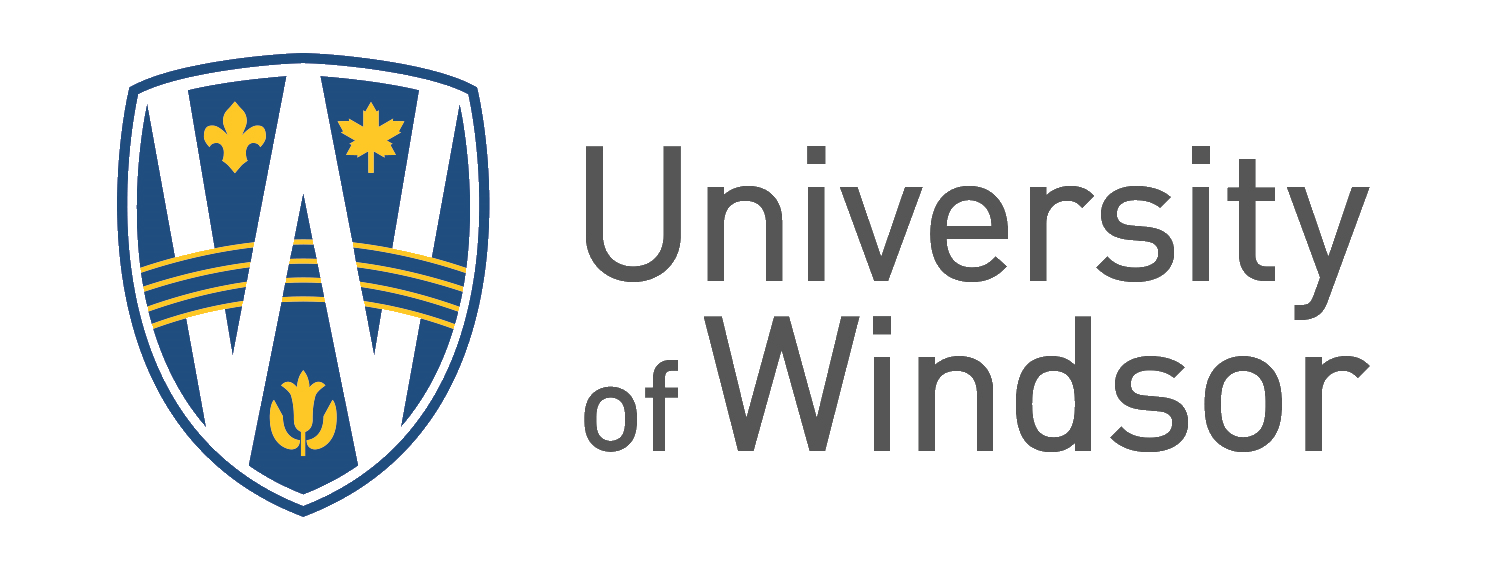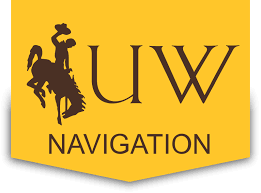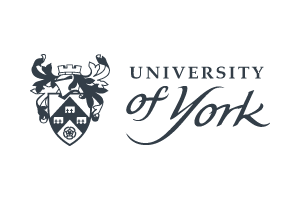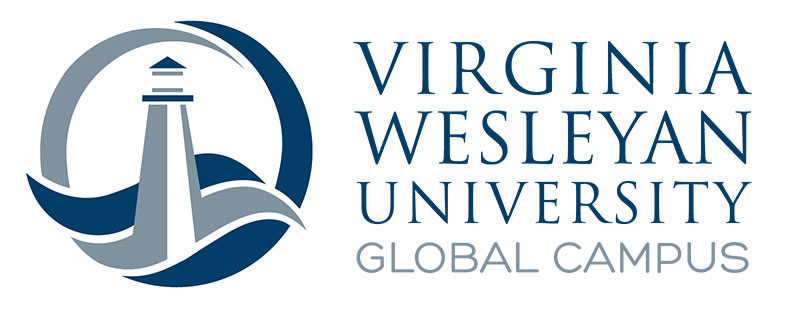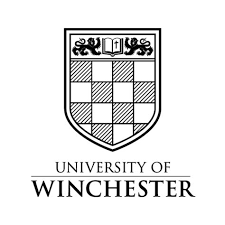Social Work: Empowering Change on a Global Scale
Social Work is a dynamic and rewarding field dedicated to improving the lives of individuals, families, and communities. It focuses on addressing social injustices, promoting equality, and fostering well-being through direct practice, advocacy, and policy development. For Indian students aspiring to make a meaningful impact, studying Social Work abroad offers unparalleled opportunities to gain international perspectives, advanced skills, and hands-on experience in diverse cultural settings. Whether you're passionate about child welfare, mental health support, or community development, a degree in Social Work can equip you with the tools to drive positive change worldwide.
In today's interconnected world, social issues like poverty, migration, and inequality transcend borders. By pursuing Social Work abroad, Indian students can access world-class education, cutting-edge research, and practical fieldwork that aligns with global standards. This guide explores everything you need to know about studying Social Work overseas, from top destinations to career pathways, tailored specifically for students from India.
Why Choose Social Work Abroad as an Indian Student?
India's vibrant social fabric is rich with opportunities for social intervention, but studying abroad in Social Work provides exposure to innovative approaches and multicultural environments. Here's why it's a smart choice:
- Global Perspective: Learn from international case studies, such as refugee support in Europe or indigenous rights in Australia, which broaden your understanding beyond local contexts.
- Advanced Resources: Access state-of-the-art facilities, including simulation labs for counseling practice and partnerships with NGOs like UNICEF or Oxfam.
- Practical Experience: Many programs include mandatory internships or placements in real-world settings, helping you build a strong portfolio for future roles.
- Career Boost: An international degree enhances employability in India and abroad, with alumni often securing positions in multinational organizations or leading Indian NGOs.
- Cultural Immersion: For Indian students, adapting to new cultures builds resilience and empathy—key traits for social workers.
Moreover, studying abroad allows you to network with professionals from diverse backgrounds, fostering collaborations that can address India's unique challenges like rural development or urban poverty alleviation.
Top Destinations for Studying Social Work
Selecting the right country is crucial for your academic and personal growth. Below is a comparison of popular destinations for Indian students, highlighting key features, costs, and visa considerations.
| Country | Top Universities | Average Tuition (INR per year) | Key Advantages for Indians | Post-Study Work Visa |
|---|---|---|---|---|
| USA | Columbia University, University of Chicago | 25-40 lakhs | Diverse programs in social justice; strong Indian diaspora for support | OPT up to 3 years |
| UK | London School of Economics, University of Manchester | 15-25 lakhs | Short 1-year Master's; focus on policy and human rights | Graduate Route: 2 years |
| Australia | University of Melbourne, Monash University | 18-30 lakhs | Emphasis on indigenous welfare; multicultural campuses | Post-Study Work: 2-4 years |
| Canada | University of Toronto, McGill University | 12-20 lakhs | Affordable living; welcoming immigration policies for skilled workers | PGWP: up to 3 years |
Each country offers accredited programs recognized by bodies like the Council on Social Work Education (CSWE) in the USA or the British Association of Social Workers (BASW) in the UK, ensuring your qualification holds international value.
Course Structure and Curriculum
Social Work programs abroad are typically offered at Bachelor's (BSW), Master's (MSW), and PhD levels. For Indian students, an MSW is popular as it builds on a Bachelor's in any field, such as Sociology or Psychology.
Bachelor's in Social Work (BSW)
Duration: 3-4 years
This foundational degree introduces core concepts like human behavior, social policy, and ethics. Expect a mix of theory and practice:
- Core Modules: Introduction to Social Work, Community Organizing, Research Methods
- Electives: Family Therapy, Substance Abuse Counseling
- Fieldwork: 400-600 hours of supervised placements in agencies or hospitals
Master's in Social Work (MSW)
Duration: 1-2 years
Advanced programs emphasize specialization and leadership. Indian students often choose streams relevant to home challenges:
- Specializations:
- Clinical Social Work: Focus on therapy and mental health
- Community Practice: Advocacy for marginalized groups
- International Social Work: Addressing global issues like migration
- Assessment: Includes essays, case studies, group projects, and a dissertation on topics like "Impact of Globalization on Indian Rural Communities."
- Practical Components: 900+ hours of internships, often with options for international placements.
Many universities integrate technology, teaching digital tools for case management and virtual counseling—skills increasingly vital in post-pandemic social services.
Eligibility and Application Requirements
Gaining admission requires careful preparation. As an Indian student, focus on these essentials:
- Academic Qualifications: For BSW, 10+2 with 50-60% marks; for MSW, a Bachelor's degree (any stream) with similar grades. Some programs prefer backgrounds in humanities.
- English Proficiency: IELTS (6.5+ overall) or TOEFL (90+). Indian students from English-medium schools may get exemptions.
- Entrance Exams: GRE for US programs; not always required elsewhere.
- Documents: Statement of Purpose (SOP) highlighting your motivation—e.g., experience volunteering with Indian NGOs like CRY or Goonj; Letters of Recommendation; Resume.
- Visa Process: Student visa (F-1 for USA, Tier 4 for UK) needs proof of funds (INR 10-20 lakhs) and ties to India. Apply early via university portals.
Deadlines vary: Fall intake (September) applications due by January-March. Use platforms like Studyportals or university websites for guidance.
Career Prospects After Studying Social Work Abroad
A degree in Social Work opens doors to fulfilling careers with competitive salaries. In India, demand is high in sectors like healthcare, education, and corporate social responsibility (CSR).
Global Opportunities:
- Social Worker: Average salary abroad: USD 50,000-70,000 (INR 40-60 lakhs); in India: INR 4-8 lakhs starting.
- Policy Analyst: Work with governments or UN agencies on social reforms.
- NGO Leader: Roles in organizations like Save the Children or Indian entities like Pratham.
- Counselor/Therapist: Specialize in mental health, with growing demand post-COVID.
With post-study work visas, you can gain 1-4 years of experience abroad before returning or settling internationally. Many Indian alumni contribute to hybrid models, blending global best practices with local needs—such as community programs for migrant workers in India.
Scholarships and Financial Aid for Indian Students
Studying abroad can be affordable with targeted funding. Explore these options:
- University Scholarships: Merit-based awards like the Fulbright-Nehru Master's Fellowship (USA) covering full tuition for Indians.
- Government Schemes: UK's Chevening Scholarships (full funding + stipend); Australia's Endeavour Awards.
- Indian-Specific Aid: Inlaks Shivdasani Foundation grants up to INR 10 lakhs; JN Kennedy Memorial Fund for social sciences.
- Part-Time Work: Allowed up to 20 hours/week abroad, earning INR 50,000-1 lakh monthly.
Apply early—scholarships often require essays on social impact. Total costs (tuition + living) range from INR 15-50 lakhs, but aid can reduce this by 50-100%.
Tips for Indian Students Pursuing Social Work Abroad
Transitioning to life abroad requires preparation. Here are practical tips:
- Cultural Adaptation: Join Indian student societies for Diwali celebrations and homesickness support.
- Health and Wellness: Prioritize mental health; many campuses offer free counseling.
- Networking: Attend career fairs and connect via LinkedIn with Indian Social Work alumni.
- Skill Building: Learn local languages if needed (e.g., French in Canada) for fieldwork.
- Sustainable Choices: Opt for eco-friendly campuses aligning with social work's ethical focus.
Remember, your Indian heritage is an asset—bringing insights from diverse castes, religions, and regions enriches classroom discussions.
Success Stories: Indian Students in Social Work
Meet Priya Sharma, an MSW graduate from the University of Toronto. "Coming from Mumbai's bustling slums, studying in Canada taught me evidence-based interventions. Now, I lead a project back home empowering women entrepreneurs." Or Rahul Patel from the UK: "My placement with a refugee center inspired me to start an NGO in Gujarat for migrant rights."
These stories highlight how an international Social Work education transforms lives. If you're ready to advocate for justice and support vulnerable populations, start your journey today. Contact our advisors for personalized application help.

